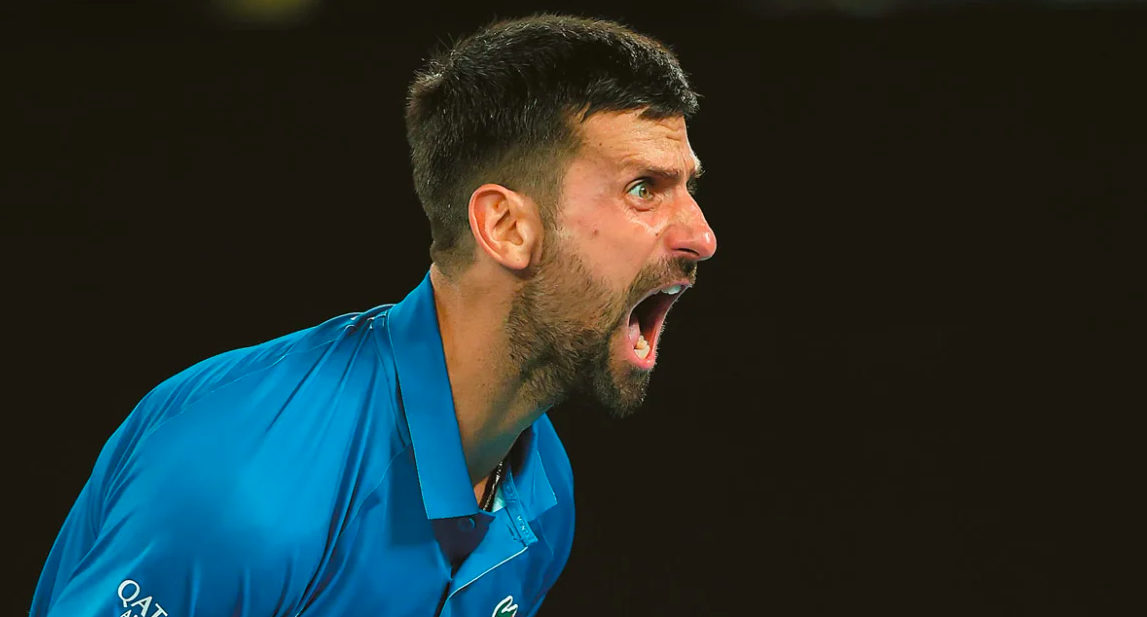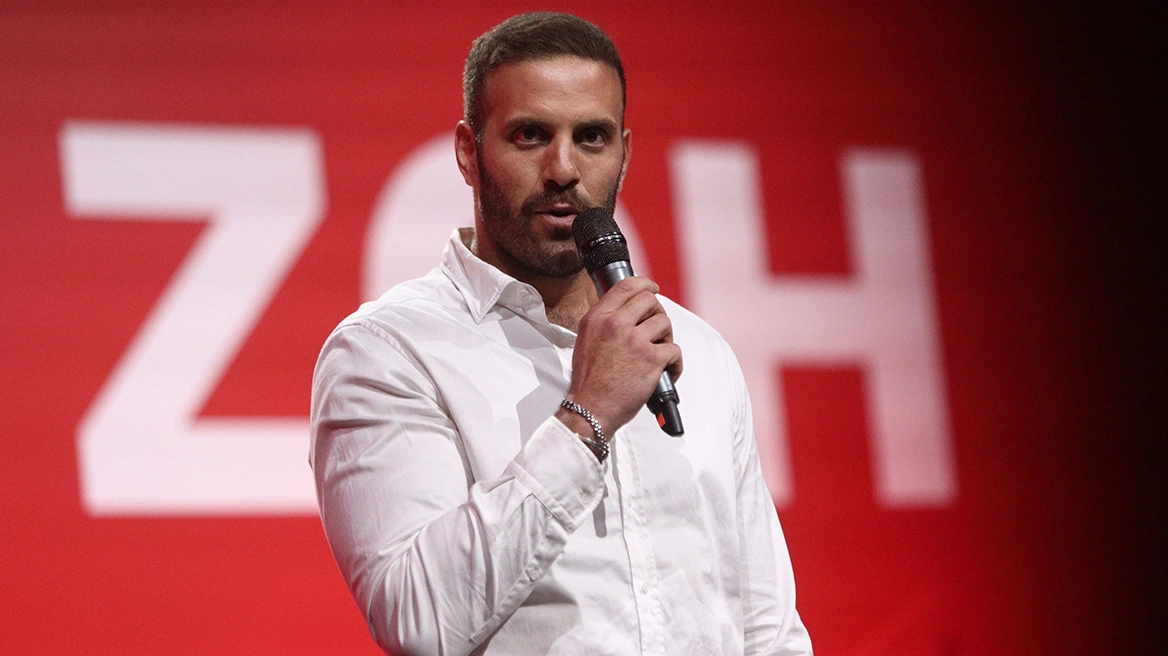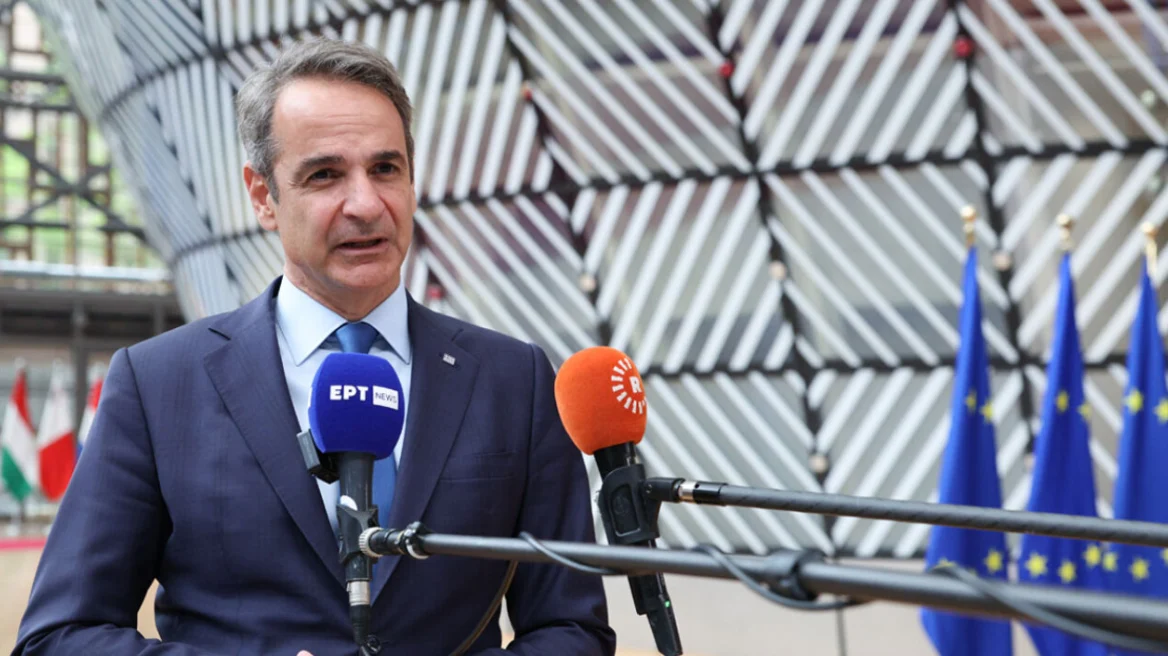A Legal Battle Begins
Unlike past breakaways in football, basketball, and golf, this tennis uprising isn’t about creating a new governing body—at least, not yet. Instead, it’s a player-driven movement, and its central figure is Novak Djokovic, the only remaining active member of the “Big Three.” However, this isn’t the Djokovic of old—on or off the court.
Curiously, Djokovic did not sign the lawsuit himself.
“I felt there was no need for me to sign it because I want younger players to take the lead. I have been and remain very active in tennis politics,” he told reporters at the Miami Open.
While it’s unclear where this movement will lead, the Professional Tennis Players Association (PTPA)—an informal players’ union that Djokovic co-founded—has made serious allegations against tennis authorities, accusing them of running the sport as a monopolistic cartel. The battle is just beginning.
Fighting for the “Little Guy”
The PTPA first emerged in 2019, with Djokovic as its main advocate. However, it was largely dismissed at the time, overshadowed by the COVID-19 pandemic, which put all sports on hold. But that crisis also exposed Djokovic’s commitment to helping struggling players, an aspect of his character known only to tennis insiders.
While top-ranked players could afford the tournament shutdowns, lower-ranked players faced financial ruin. Djokovic stepped in to help them, an act that many have not forgotten.
Since 2021, as tennis returned to normal, discontent resurfaced, and the PTPA grew in influence, eventually deciding to take legal action against the International Tennis Federation (ITF), the ATP (men’s tour), and the WTA (women’s tour).
Their primary grievances:
- Financial inequality, including disparities between men’s and women’s earnings and the low percentage of revenue shared with players.
- An overcrowded schedule that offers no time for rest.
How the Tennis Calendar Became a Battleground
For years, the Grand Slam tournaments (Australian Open, Roland Garros, Wimbledon, and US Open) have fought for dominance over the ATP and WTA tours, which feature lower-tier tournaments offering significantly smaller prize pools.
To attract top players, smaller tournaments increased prize money—but at a cost. They also expanded from one to two weeks, extending the tennis season to 11 months.
According to players, in 2024, the Grand Slams generated over $1.5 billion in revenue, yet players received only 17% of earnings—far less than in sports like golf, basketball, and American football, where athletes receive 35%-50% of revenue.
Unfulfilled Promises & More Controversy
In response to rising player complaints, the Grand Slam organizers proposed the “Premium Tour”, which included:
- Doubling prize money for the top 300 men and quadrupling it for the top 300 women.
- Faster pay equality between men and women (originally scheduled for 2027).
- 6-8 weeks of rest for players.
While this plan appeared to meet many of the PTPA’s demands, it was never implemented. Instead, controversy erupted when Jannik Sinner and Iga Świątek—both top-ranked players—tested positive for doping but received shockingly light punishments (three months for Sinner, one month for Świątek).
This double standard in doping penalties was the final spark that ignited the PTPA’s lawsuit, filed simultaneously in New York, London, and Brussels.
Djokovic’s Position: “This is About Fair Representation”
While Djokovic championed the lawsuit, he was accused of spreading misinformation to divide the sport. Addressing these accusations at the Miami Open, he clarified:
“I have never been in favor of division. I have always fought for better player representation and greater influence on a global scale, which I believe is still lacking. It’s not just about prize money—there are many other issues.”
“I hope all stakeholders, including the PTPA, can sit down together and resolve these issues. This is a legal matter, so the lawyers will handle it. To be honest, while I agree with some points in the lawsuit, there are others I don’t fully support. But I trust the legal team to know what they’re doing.”
Other Players’ Reactions: Divided Opinions
- Nick Kyrgios (Greek-Australian player): “People have known for a long time that something was wrong behind the scenes. Djokovic, Vasek Pospisil, and I have all wanted to bring change to tennis. Many players, including myself, are not happy with the current system. This lawsuit is a turning point.”
- Jannik Sinner (World No. 1, despite doping suspension): Has remained silent on the matter. His case is being used in the lawsuit, which he is not happy about.
- Carlos Alcaraz (World No. 2): “I was completely surprised by this. No one informed me—I found out on social media. They even used one of my press conference quotes without telling me. I don’t support this movement.”
- Aryna Sabalenka (World No. 1, WTA): Has not commented, saying she will study the lawsuit after her matches.
Previously, the ATP consulted Roger Federer and Rafael Nadal before major decisions. However, Djokovic and Vasek Pospisil, who served as ATP player representatives, resigned from their positions, leading to this direct confrontation.
Maternity Leave & Other Reforms
The PTPA was founded in 2020, but it took five years for this legal battle to unfold. During this time:
- Grand Slam prize money increased significantly.
- The ATP and WTA merged their tournament structures.
- The WTA secured funding from Saudi Arabia, offering 12-month maternity leave and benefits for female players.
The tennis revolution is here. Whether Djokovic’s movement will lead to lasting change or a fractured sport remains to be seen.
Ask me anything
Explore related questions





